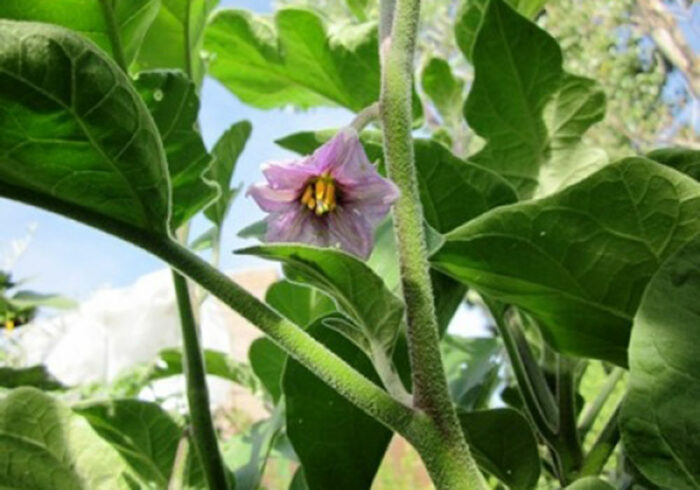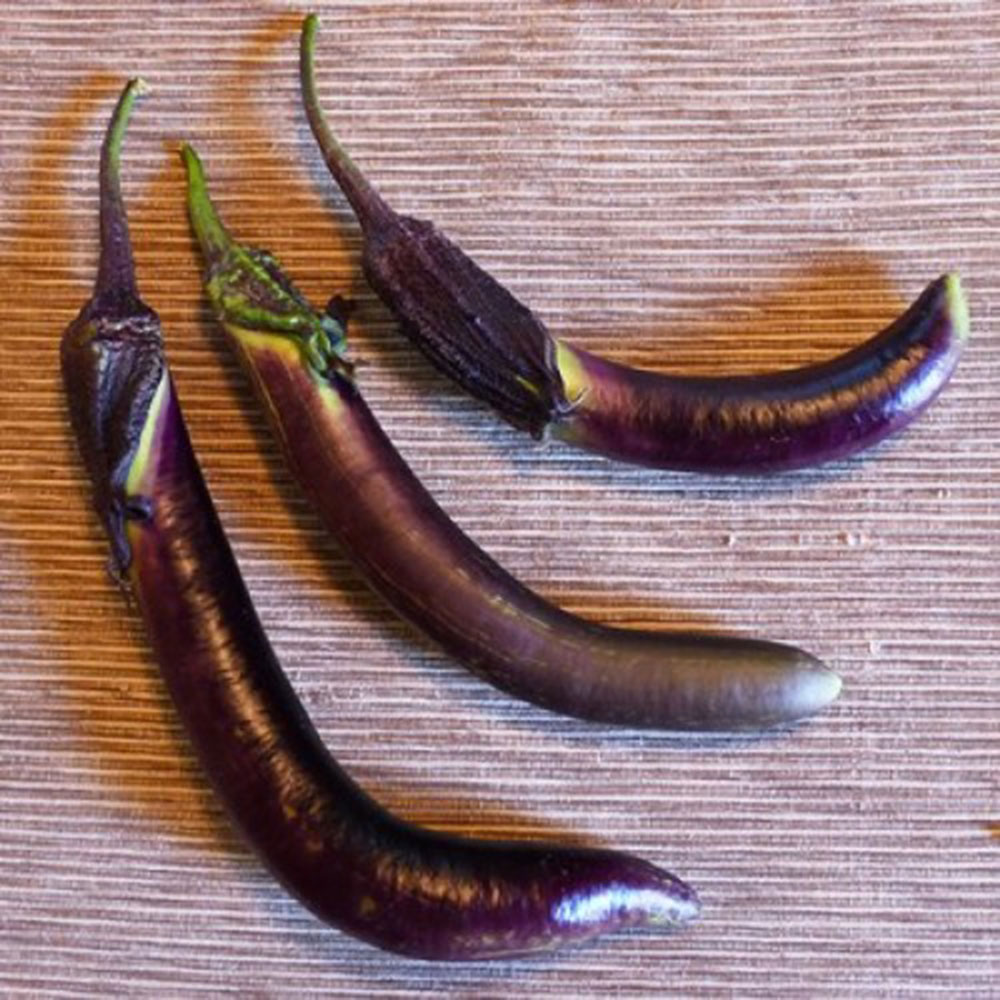How to Grow Eggplant in a Container
It might be less popular than its cousin the tomato, but this tasty edible is worth the effort

If you’ve never grown an eggplant, what’s stopping you? There are so many different varieties of eggplants, there’s sure to be one that fits your taste. American shoppers are most familiar with the purple pear-shaped eggplants available at grocery stores. But the dozens of varieties, in all shapes and colors, are what make eggplant especially attractive.
Even if you garden in a small garden bed, or grow your vegetables in containers on the patio or balcony, you can grow eggplant. Some smaller cultivars, like ‘Fairy Tale’, grow on plants that reach just a few feet tall.
Wait for the weather to warm before you plant
Gardeners typically grow their eggplants from transplants found at a garden center. Most take between 60 and 100 days until the first harvest. For best results, plant a shorter-season type so you can start enjoying eggplant in as little as two months.
Wait to plant until the weather is reliably warm at night, a consistent 55°F. Just like tomato transplants, eggplants need to be hardened off before planting. Slowly acclimate plants to the outdoors over a week or so.
Plant one eggplant per container, 2-gallon minimum. Fill the container with a high-quality potting soil that will drain quickly. Add a balanced, slow-release fertilizer at planting and then every few weeks during the season, especially when plants start to bloom.

Balance out your watering
Water deeply and consistently, but don’t overwater. Eggplants need to dry slightly between waterings. Mulch with straw, leaves, or pesticide-free grass clippings to help maintain soil temperature. If necessary, stake or use a tomato cage to prevent branches that are heavy with fruit from breaking.
Don’t wait too long to harvest
One mistake eggplant gardeners make is waiting to harvest the fruit until they’re as large as those found in grocery stores. If left on the plant too long, eggplants lose their sheen, become seedy, and won’t be as tasty to eat.
To avoid that problem, use pruners or a knife to clip the fruit from the plant while still shiny and a bright color, even if they’re small. Leave about one inch of stem and calyx attached to the fruit.
Handle the fruit with care to prevent bruising. Use within a few days to enjoy the flavor while at its peak.
Eggplant is a versatile vegetable and is best used fresh from the garden. It can be grilled, fried, stuffed, baked, roasted, sautéed, or stir-fried. Two ways to preserve eggplant include pickling or freezing in cooked casseroles.
Fine Gardening Recommended Products

The New Organic Grower, 3rd Edition: A Master's Manual of Tools and Techniques for the Home and Market Gardener, 30th Anniversary Edition
Fine Gardening receives a commission for items purchased through links on this site, including Amazon Associates and other affiliate advertising programs.

Berry & Bird Rabbiting Spade, Trenching Shovel
Fine Gardening receives a commission for items purchased through links on this site, including Amazon Associates and other affiliate advertising programs.

Chapin International 10509 Upside-Down Trigger Sprayer
Fine Gardening receives a commission for items purchased through links on this site, including Amazon Associates and other affiliate advertising programs.







Comments
Log in or create an account to post a comment.
Sign up Log in